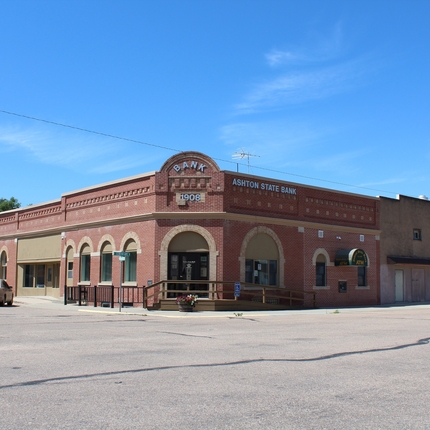The Center for Rural Affairs first examined consolidation in the banking industry in “Where Have All the Bankers Gone?”, a 1978 report. We have long understood the critical link between credit, who has access, who doesn’t, and how it shapes communities.
That’s why a recent report in the Wall Street Journal caught my eye. It detailed how banking in rural communities has fared in the years since the financial crisis. Small business lending in rural areas has dropped by half since 2004, accounting for less than 10 percent of total small business lending.
This challenge is compounded by the closure of many rural banks. Larger banks often buy smaller banks, then close branches in more rural markets. There are now 625 rural counties in the country without a community bank. There are 37 counties without a single bank, and 115 counties served by just one bank.
The report told the story of one small business owner who now drives 19 miles each afternoon to make deposits and get cash.
When we lose access to credit, we risk losing control of our future.
Access to credit is fundamental for the whole community. Few among us have started a business or bought a house without a loan. Schools, child care centers, and community infrastructure all rely on credit.
In response to this challenge, individual communities are setting up revolving loan funds to invest in local businesses, housing, and new value-added agricultural enterprises.
A network of community banks, credit unions, and nonprofit lenders can knit a new fabric of local banking. Doing so will take our active involvement.
What credit gaps exist in your community? What local response might be possible?





